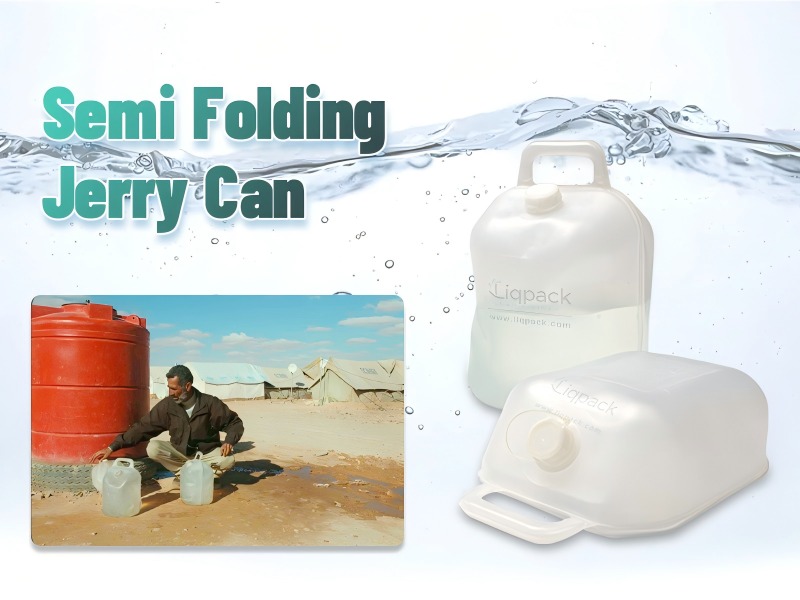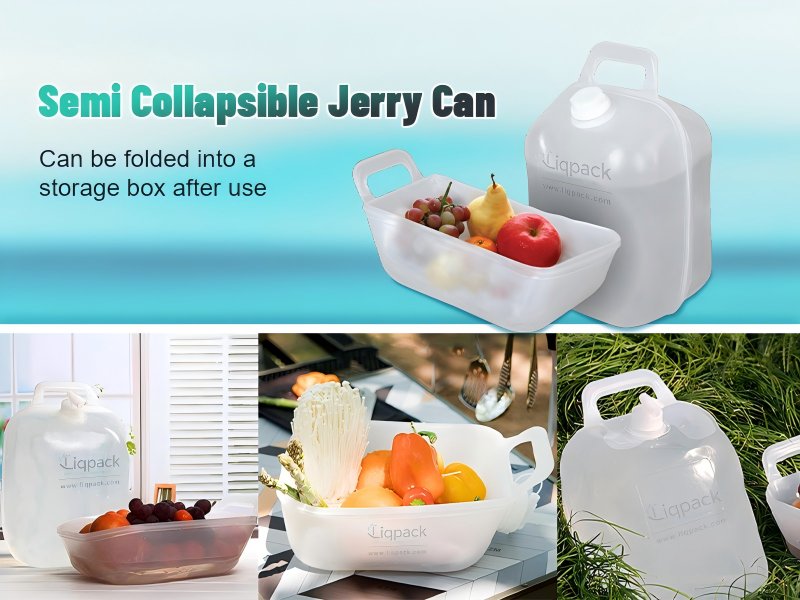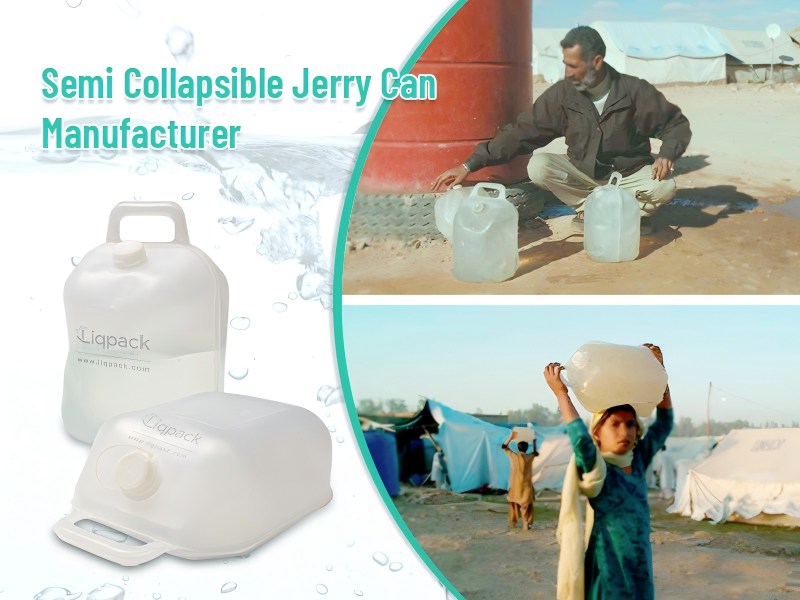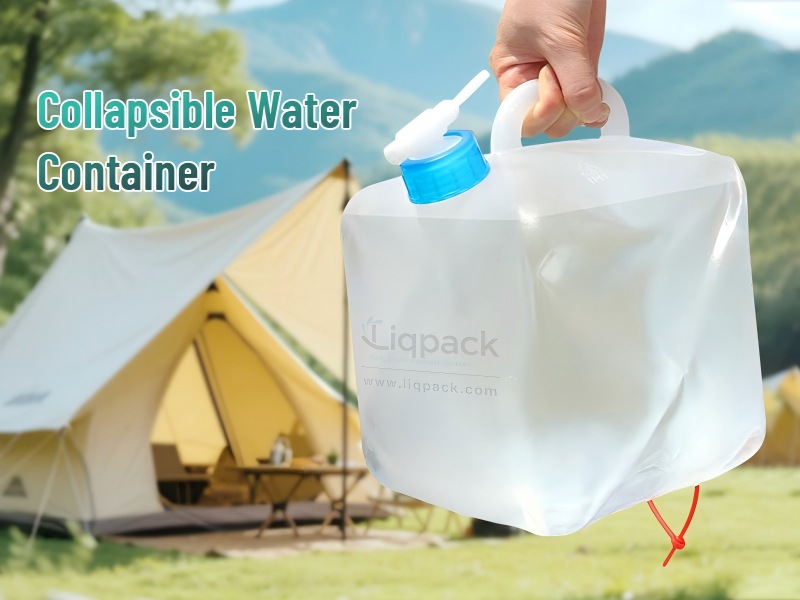
Collapsible water containers are ideal for campers and hikers who value space-saving, convenience, and sustainability. To keep them safe and long-lasting, proper cleaning and storage after use is key. This guide covers essential steps to clean, dry, and store your foldable jug, bladder, or water bag so it’s ready for your next trip.
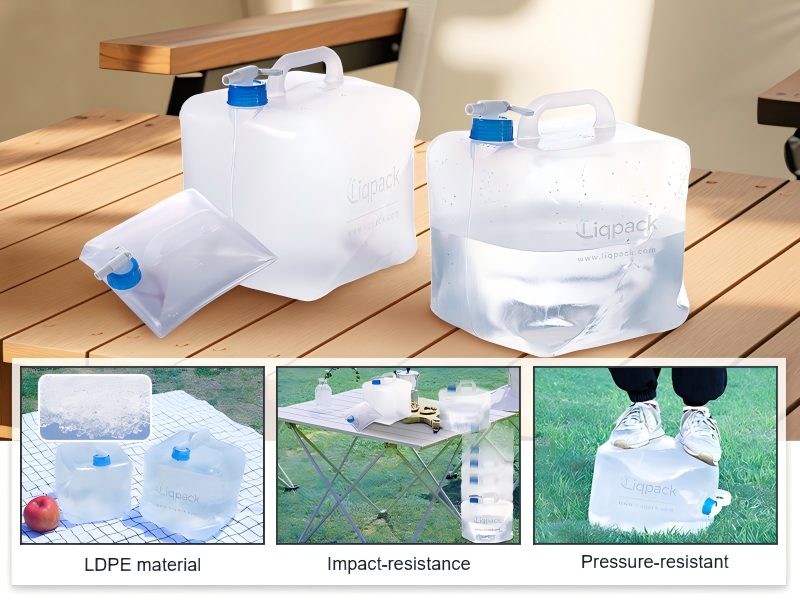
Why Proper Cleaning and Storage Matters
After days of use in the great outdoors, your collapsible water container is exposed to dirt, bacteria, organic residues, and possibly algae if left in sunlight. Simply emptying the container is not enough—improperly cleaned and stored containers can develop mold, unpleasant odors, or even harbor harmful microorganisms.
A thorough post-trip cleaning routine prevents contamination, preserves the taste of water, and extends the lifespan of your container. It also reduces the chance of needing to replace it due to mildew buildup or material degradation.
Step-by-Step Cleaning Instructions
Step 1: Empty and Rinse Immediately
Once you’re done using the container, empty any remaining water. Rinse it well with cool, clean water to get rid of any residue or surface grime. This simple rinse prevents mineral deposits and slows bacterial growth before deep cleaning.
Tip: Do this step before you pack up your campsite to make cleanup easier later at home.
Step 2: Apply a Cleaning Agent
Use one of the following to make a cleaning solution:
Mild dish soap and warm water
This is suitable for general cleaning. Use unscented soap to avoid flavors lingering.
One-third vinegar to water ratio in a white vinegar solution
This natural disinfectant helps eliminate bacteria and odor.
Baking soda paste or mix (1 tablespoon per liter of water)
Excellent for odor removal and mild abrasion.
Sanitizing tablets (like those used for hydration bladders or baby bottles)
Designed specifically to clean plastic and rubber water containers.
Step 3: Scrub the Interior
When cleaning hard-sided collapsible containers, use a bottle brush or a long-handled brush. For soft bags, gently shake the cleaning solution inside or use a soft sponge.
Be sure to clean:
- The inside walls and base
- The spout, nozzle, or cap threads
- The seal and gasket areas
Note: Avoid abrasive scrubbers or harsh chemicals like bleach, as they may damage the container material.
Step 4: Rinse Thoroughly
After scrubbing, rinse the container several times with clean water to remove any soap or residue from your cleaning solution. Because it can catch detergent, pay close attention to the spout.
Make sure there is no aftertaste left before final drying if you used vinegar or baking soda.
Step 5: Dry Completely
Moisture is the enemy of proper storage. Any trapped dampness can promote mold and bacterial growth.
Drying tips:
- Turn the container upside-down and drain excess water.
- Prop the container open to allow air circulation inside (you can use a paper towel roll, chopsticks, or a drying rack).
- Keep it somewhere dry and well-ventilated, away from direct sunlight.
For containers with small openings, consider placing silica gel packets or dry rice inside briefly to absorb leftover moisture.
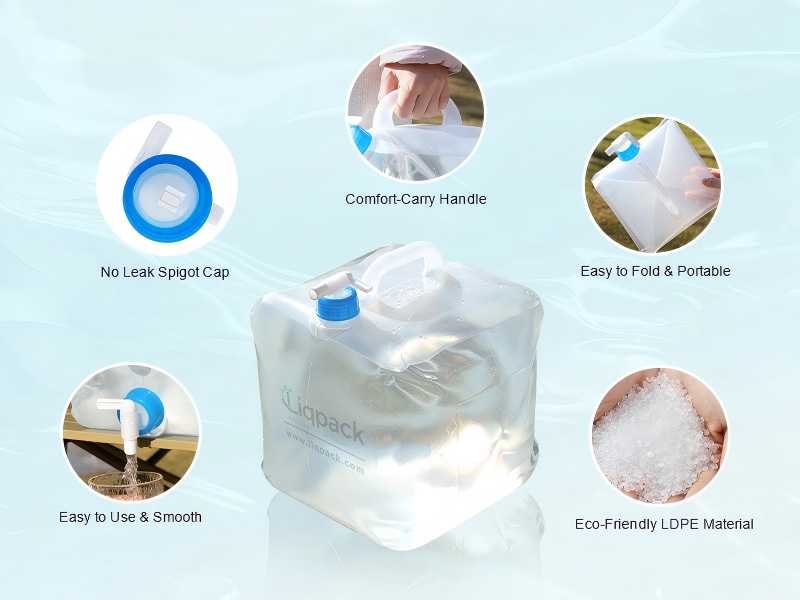
Special Considerations for Different Types
Bladder-Style Containers (Hydration Packs)
- Use cleaning brushes designed for hydration tubes.
- After removing the cap and the hose, hang the bladder upside down.
- Dry tubing separately to avoid mildew.
Collapsible Jugs with Spigots
- Disassemble the spigot for thorough cleaning.
- Soak parts in a vinegar solution or boiling water (if compatible).
- Reassemble only after each piece is fully dry.
Soft Bag Containers (e.g., Mylar or PE bags)
- Shake gently with soapy water inside.
- Rinse several times until the water is odor-free and clear.
- Ensure the seams and spout areas are dry before folding.
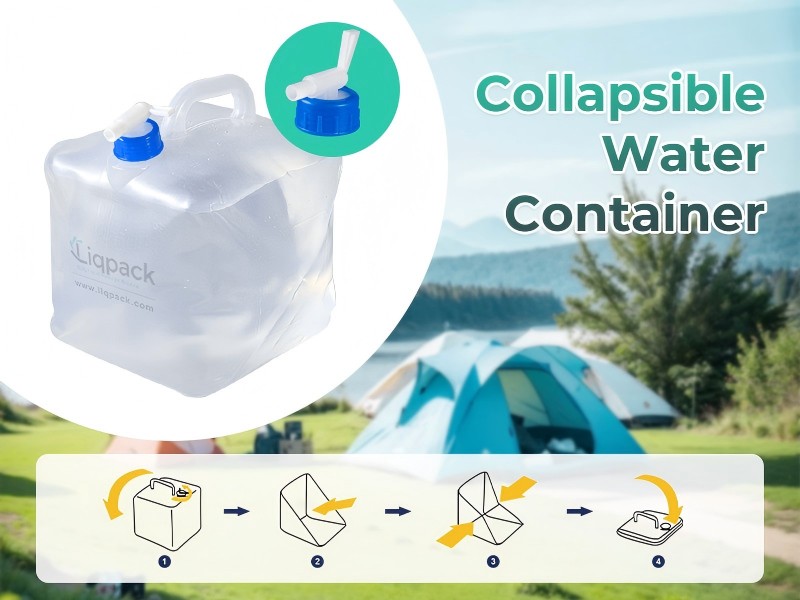
Best Practices for Storage
Store in a Clean, Dry Location
Choose a place that is:
- Cool and away from direct sunlight
- Free from dust, grease, and pests
- Well-ventilated
Avoid garages, sheds, or places prone to temperature fluctuations and humidity.
Leave the Cap Off (or Loosely Attached)
Storing the container with the cap fully tightened can trap residual moisture inside. Leave it slightly open or off to prevent mold.
Avoid Folding Immediately
Folding your container before it’s fully dry can trap moisture in the creases. Store it unfolded for 24–48 hours, then fold loosely or roll it with breathable material.
Use a Storage Bag or Container
Consider placing your clean, dry collapsible water container in a mesh storage bag or a fabric pouch. Avoid airtight plastic bags, which trap humidity and promote mildew.
Deep Cleaning Every Few Trips
Even if you rinse and dry after each trip, it’s good practice to do a deep clean every few camping adventures:
- Use a stronger vinegar or baking soda solution
- Sanitize with boiling water if the material allows
- Check for discoloration, odors, or degraded seals
- Replace any worn or cracked parts (spigots, hoses, caps)
Signs It’s Time to Replace Your Container
No matter how well you maintain them, collapsible containers won’t last forever. Watch for:
- Persistent odors even after deep cleaning
- Cracks, tears, or leaks along the seams
- Mold stains or black spots
- Warped or brittle material
- Difficulty sealing or disassembling components
At this point, it’s best to retire the container to avoid health risks.
Preventive Tips for Future Trips
Keep your collapsible water container cleaner and fresher by using these simple tips during your next camping trip:
- Use filtered or treated water: Dirty or mineral-rich water speeds up residue and biofilm buildup.
- Keep it out of direct sunlight: Sunlight promotes algae growth, especially in transparent or translucent containers.
- Empty daily: Don’t leave stagnant water inside overnight.
- Keep the spout clean: Avoid touching the spout with dirty hands or letting it touch the ground.
- Bring a cleaning kit: Include a small brush, vinegar packet, or cleaning tablet in your camping gear.
For outdoor enthusiasts, a collapsible water container is a lightweight, space-saving necessity. But like all gear, it requires proper care to stay reliable. With just a few simple cleaning and storage practices, you can prevent odors, bacteria, and material breakdown, ensuring your container remains fresh and safe for years of camping to come.
- Liqpack

